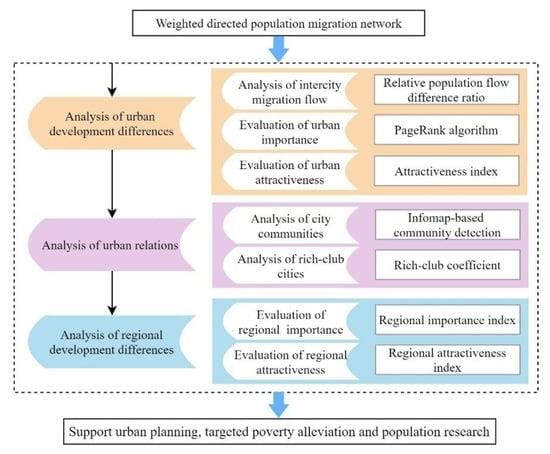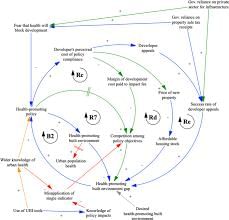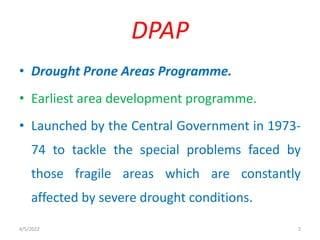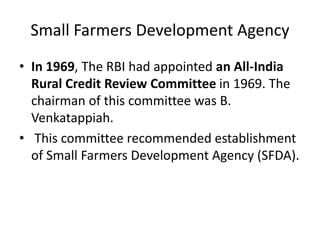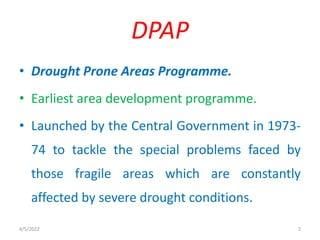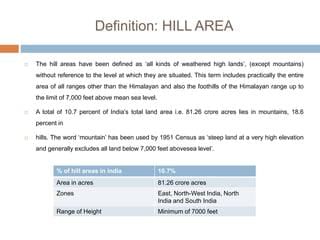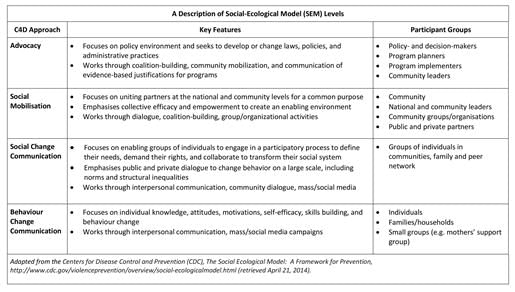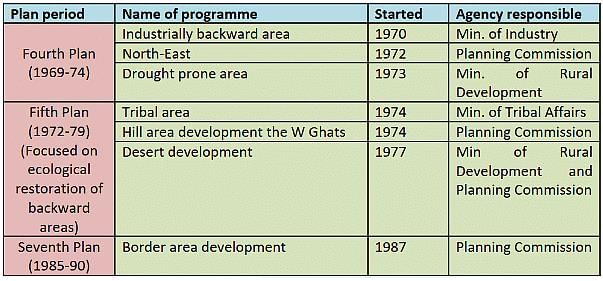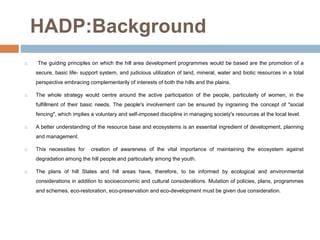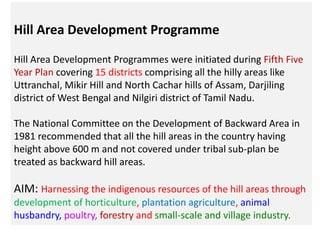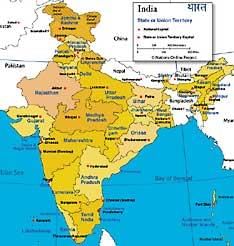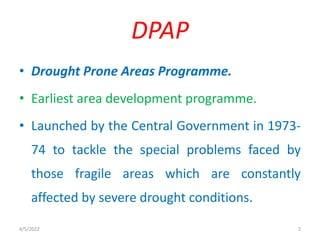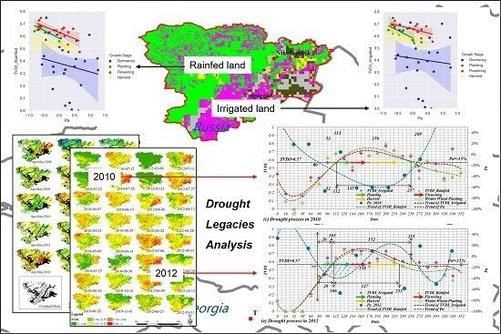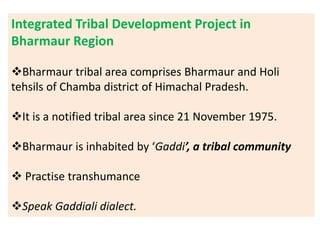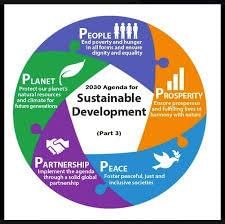|
Card: 1 / 50 |
Planning is a process that involves ___, formulating a scheme, and implementing actions to achieve a goal. |
|
Card: 3 / 50 |
True or False: Sectoral planning focuses on the overall economic development of a country rather than specific sectors. |
|
Card: 4 / 50 |
False. Sectoral planning focuses on the development of specific sectors within the economy. 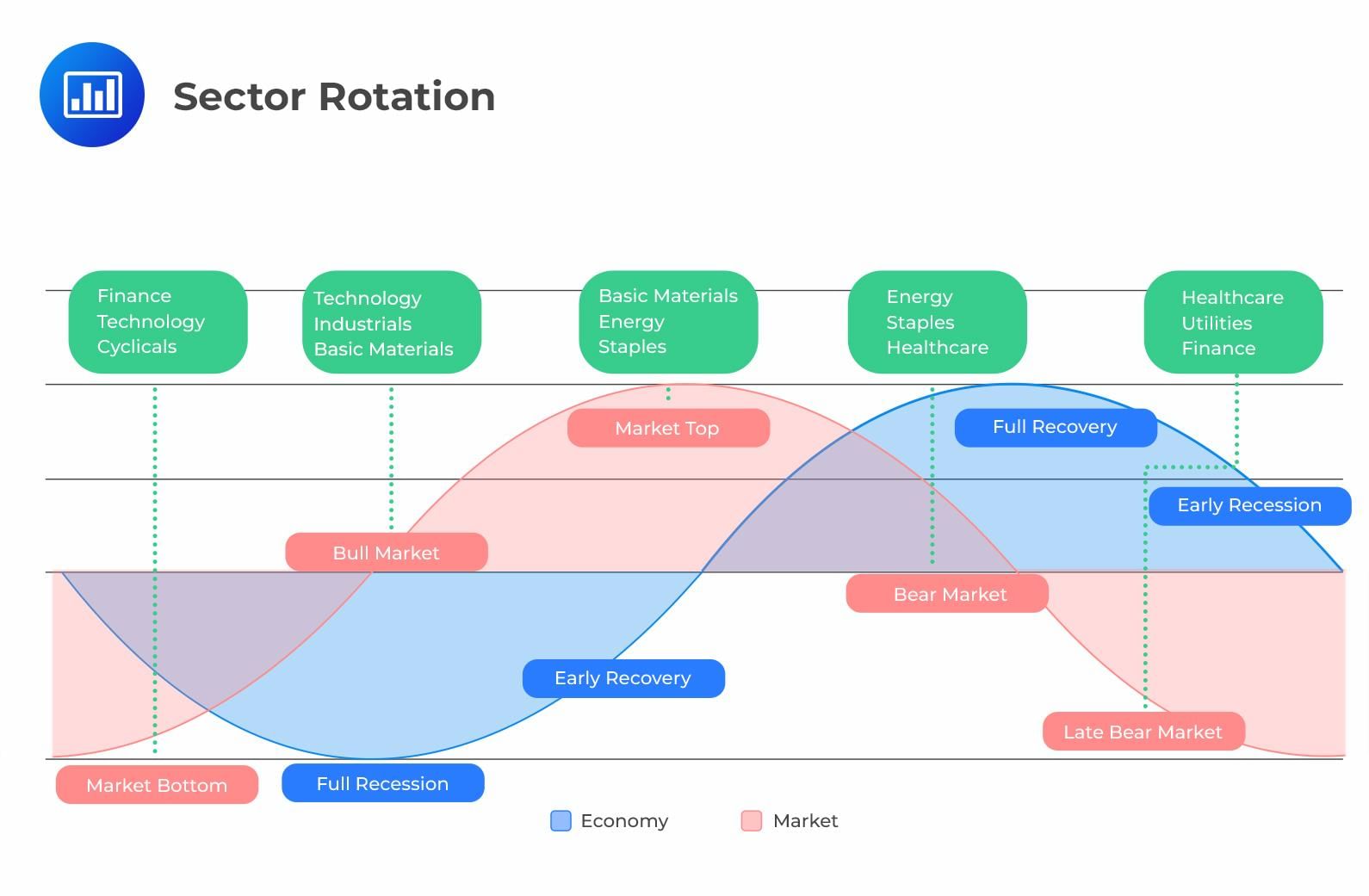 |
|
Card: 7 / 50 |
Fill in the blank: The two main approaches to planning are ___ and ___ planning. |
|
Card: 10 / 50 |
False. Planning in economic development employs structured approaches rather than hit-and-miss methods. 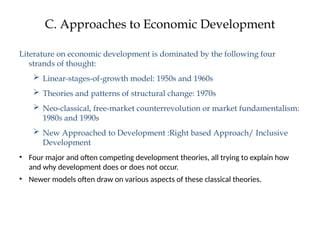 |
|
Card: 11 / 50 |
What are some examples of sectors that may be focused on in sectoral planning? |
|
Card: 12 / 50 |
Agriculture, irrigation, manufacturing, power, construction, transport, communication, social infrastructure, and services. 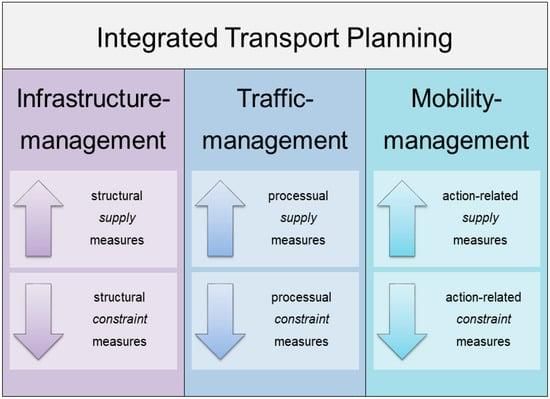 |
|
Card: 13 / 50 |
The main objective of the planning process is to promote the development of economically disadvantaged areas. True or False? |
|
Card: 15 / 50 |
The Target Area approach to planning includes programs aimed at promoting development in specific areas such as ___ and ___ regions. |
|
Card: 19 / 50 |
The Drought Prone Area Development Program is particularly aimed at areas that are susceptible to ___ . |
|
Card: 21 / 50 |
Fill in the blank: The Hill Area Development Program concentrates on development initiatives in ___ regions. |
|
Card: 23 / 50 |
True or False: The Planning Commission has implemented the Target Group approach to address economic development in resource-rich regions only. |
|
Card: 25 / 50 |
What types of areas were emphasized in the Eighth Five Year Plan for development programs? |
|
Card: 27 / 50 |
The Hill Area Development Programme aimed to promote development in regions that are primarily characterized by ___ conditions. |
|
Card: 29 / 50 |
True or False: The Fifth Five Year Plan identified 10 districts for the development of hilly areas. |
|
Card: 31 / 50 |
Fill in the blank: The main objectives of the Hill Area Development Programme include promoting horticulture, plantation agriculture, and ___ industries. |
|
Card: 33 / 50 |
What was the significance of recognizing hill areas above 600m as backward hill areas in 1981? |
|
Card: 34 / 50 |
It aimed to ensure targeted development and resource utilization in regions that were economically disadvantaged. 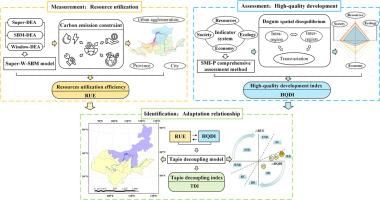 |
|
Card: 35 / 50 |
True or False: The Hill Area Development Programme includes the development of large-scale industries. |
|
Card: 37 / 50 |
Fill in the blank: The Hill Area Development Programme was particularly focused on districts in ___, ___, ___, and ___. |
|
Card: 39 / 50 |
The Drought Prone Area Programme (DPAP) was initiated during which Five Year Plan? |
|
Card: 41 / 50 |
True or False: The DPAP focuses solely on irrigation projects in drought-prone areas. |
|
Card: 42 / 50 |
False. The DPAP includes labor-intensive civil works, irrigation projects, land development, afforestation, and basic rural infrastructure. 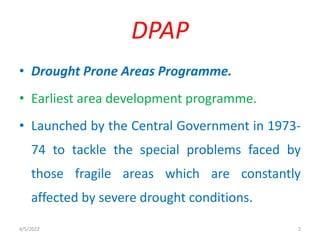 |
|
Card: 43 / 50 |
Drought-prone areas identified by the Planning Commission in 1967 were based on a criterion of ___ irrigated land. |
|
Card: 45 / 50 |
What significant socio-economic changes occurred in the Bharmaur tribal area as a result of the Integrated Tribal Development Project? |
|
Card: 47 / 50 |
Fill in the blank: The Brundtland Report defines sustainable development as 'meeting the needs of the present without compromising ___'. |
|
Card: 49 / 50 |
True or False: Development, post World War II, was primarily measured by social indicators rather than economic growth. |
|
Card: 50 / 50 |
False. Initially, development was synonymous with economic growth measured by GNP and per capita income.  |





